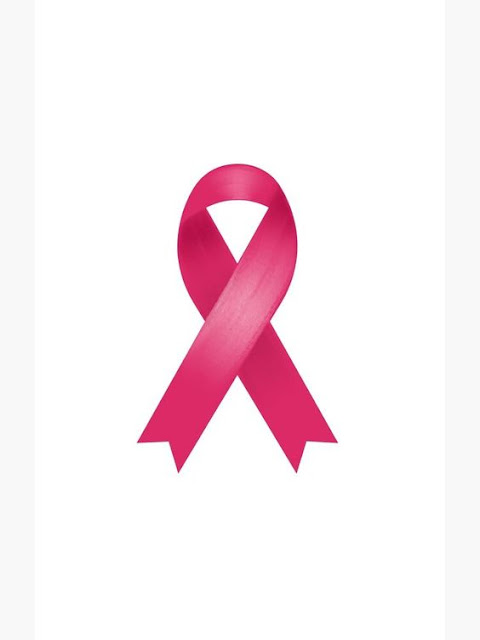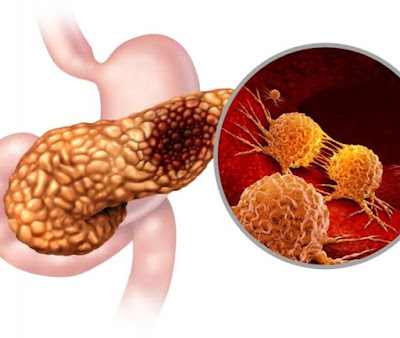Cancer is hands down one of the most significant health issues. It is the second major cause of death in the US after heart disease. Cancer develops in the body when cells incur mutations and reproduce at an extraordinary pace, and different types of cancers can affect any gender.
We have put together a list of the top 9 most deadly cancers in the world. Knowing the symptoms of these fatal malignancies will help you recognize the disease at an early stage and prevent it from spreading:
1. Lung Cancer
It kills more people than any other cancer globally. The most prevalent causes of this condition include smoking cigarettes and being around people who smoke, also known as secondhand smoke. Treating lung cancer is extremely difficult as it is commonly detected after getting spread. Chemotherapy, radiation therapy, immunotherapy, and surgery are some treatment options available for lung cancer patients.
2. Breast Cancer
When it comes to women, breast cancer is the deadliest of all. While the exact etiology is unknown, prolonged exposure to estrogen is a significant risk factor. It may occur due to becoming pregnant, receiving hormone treatment, and hitting early puberty. When the disease progresses to its later stages, mastectomy is the most typical method used to treat it. The process involves surgical removal of the affected breast.
3. Esophageal Cancer
As one of the ten worst malignancies, esophageal cancer accounts for 2.4% of cancer-related fatalities. It causes a persistent lump in the throat. Apart from that, it has other symptoms that resemble
mesothelioma cancer, such as chest discomfort, trouble swallowing, loss of weight, and hiccups should also serve as serious symptoms.
Consuming a high acid diet and smoking are all known to increase the likelihood of developing esophageal cancer. Imaging tests such as bronchoscopy, barium swallow, endoscopic ultrasonography, CT scans, and positron emission tomography (PET) scanning are used to diagnose this condition.
4. Colon Cancer
It is the second major cause of cancer-related deaths. People in their sixties and seventies are most likely to get colon cancer. Risk factors for the disease include smoking, alcohol intake, and a diet rich in red meat. This cancer is curable if it has not spread beyond the colon. That being said, the survival percentage drops to 48% if cancer spreads to the lymph nodes.
The
symptoms of colon cancer vary depending on where the tumor is growing. For instance, changes in bowel movements, gastrointestinal bleeding, unsatisfactory motions, alternate diarrhea, and constipation are all tell-tale symptoms of colon cancer around the anal.
5. Prostate Cancer
It is more common in men who are above 50 years. Though it is more prevalent among African-American men than Asians, whites, or Hispanics, doctors do not know why. Red meat and high-fat dairy products may increase the risk of developing prostate cancer.
Growth is often sluggish, and it usually stays in the same spot it started. But once prostate cancer spreads to other parts of the body, it moves quickly. When doctors discover prostate cancer after it has progressed outside the prostate, the prognosis is less favorable. Statistically speaking, 72% of these males will succumb to cancer within five years.
6. Pancreatic Cancer
Despite being rare, pancreatic cancer is one of the deadliest cancers and
it has the lowest survival rate. It is because symptoms frequently do not show up early, making treatment more challenging. Patients have different treatment options at their disposal, such as chemotherapy, surgery, and radiation. In general, a mix of these three treatments is used to treat pancreatic cancer depending on the precise type and timing of a patient's diagnosis.
Make an appointment with your primary care physician if you observe unexplained weight loss, stomach discomfort, loss of appetite, or back pain. The sooner you can determine whether or not you have pancreatic cancer or identify it in its early stages, the better off you will be.
7. Bladder Cancer
Bladder cancer develops when bladder cells proliferate uncontrollably. According to well-documented studies, nearly 75,000 Americans are diagnosed with bladder cancer each year. Men are more likely than women to develop this type of cancer. However, bladder cancer responds favorably to therapy when detected at an earlier stage.
Blood in the urine, commonly known as hematuria, is one of the early symptoms of bladder cancer. It is worth mentioning that sometimes blood may not be visible to the naked eye, and you must rely on the urine test.
8. Stomach Cancer
Stomach cancer occurs in the stomach's lining. Like other malignant cells, these cells also develop incredibly fast. Therefore, there are generally no symptoms at the beginning of the condition. However, symptoms such as stomach cramps and nausea will appear as the disease advances. The etiology of stomach cancer is complex. As a result, cancer growth requires the simultaneous occurrence of numerous elements.
Stomach cancer has various types, with adenocarcinoma being the most common of them all. It accounts for around 90% to 95% of all cases. Unfortunately, most stomach cancer patients cannot be fully treated. But chemotherapy and radiation could potentially alleviate the systems and improve the quality of life.
9. Cervical Cancer
Cervical cancer originates in a woman's cervix. Being infected with the human papillomavirus is the biggest factor contributing to the disease's development. But that does not mean other women cannot acquire this. Eradicating cervical cancer cells often involves cold knife conization and loop electrosurgical excision methods. In more advanced stages, the common treatments include surgery and radiation therapy.
In addition, there is a vaccination that can help protect against HPV. The vaccination can be given to both girls and boys as young as nine years old to stop infections and precancers that can lead to cancer.
Conclusion
There is no getting away from the fact that medical science has come a long way in the last few decades. But medical experts have yet to find surefire treatments for many conditions; cancer is one of them. So while cancers covered in this write-up may not be entirely beyond treatment, they are certainly the deadliest ones out there.






No comments:
Ask your question here